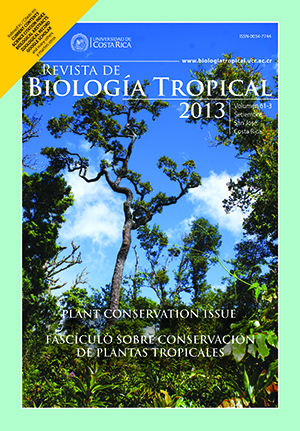Abstract
In India, freshwater aquatic resources are suffering from increasing human population, urbanization and shortage of all kind of natural resources like water. To mitigate this, all the major rivers have been planned for a river-interlinking through an interlinking canal system under a huge scheme; yet, the baseline information on ecological conditions of those tropical rivers and their fish communities is lacking at present. In view of that, the present study was undertaken to assess the ecological condition by comparing the trophic metrics of the fish community, conservation status and water chemistry of the two tropical rivers of the Ganga basin, from October 2007 to November 2009. The analysis of trophic niches of the available fish species indicated dominancy of carnivorous (19 species) in river Ken and omnivorous (23 species) in Betwa. The trophic level score of carnivorous species was recorded similar (33.33%) in both rivers, whereas omnivorous species were mostly found in Betwa (36.51%) than Ken (28.07%). Relatively undisturbed sites of Betwa (B1, B2 and B3) and Ken (K2, K3 and K5) were characterized by diverse fish fauna and high richness of threatened species. The higher mean trophic level scores were recorded at B4 of Betwa and K4 of Ken. The Bray-Curtis index for trophic level identified the carnivorous species (>0.32) as an indicator species for pollution. Anthropogenic exposure, reflected in water quality as well as in fish community structure, was found higher especially in the lower stretches of both rivers. Our results suggest the importance of trophic metrics on fish community, for ecological conditions evaluation, which enables predictions on the effect of future morphodynamic changes (in the post-interlinking phases), and provide a framework and reference condition to support restoration efforts of relatively altered fish habitats in tropical rivers of India.##plugins.facebook.comentarios##
Downloads
Download data is not yet available.


